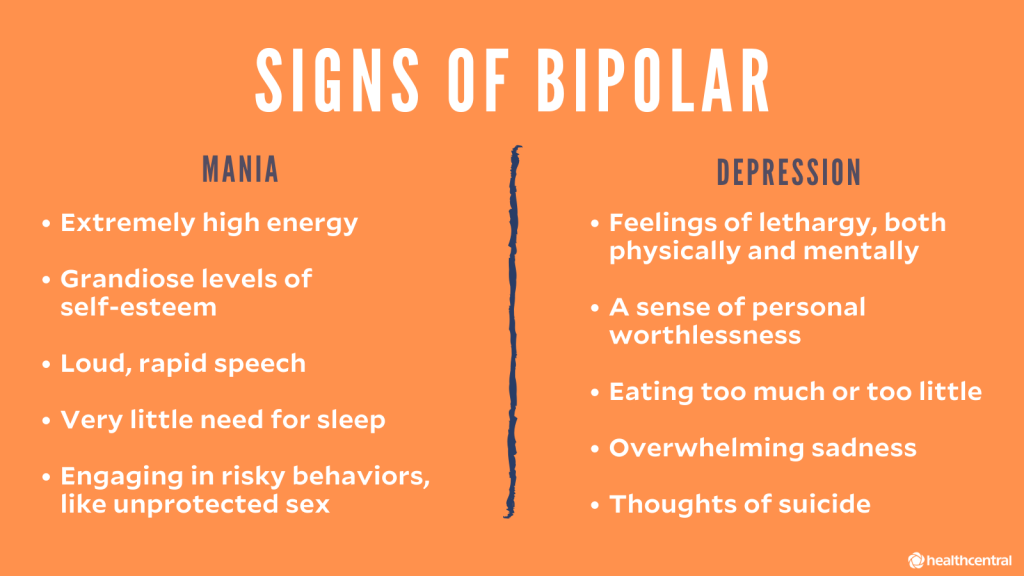
/brain-colors-PM-Images-56a09c035f9b58eba4b20b80.png)
- #AM I HAVING A MANIC EPISODE QUIZ HOW TO#
- #AM I HAVING A MANIC EPISODE QUIZ MANUAL#
- #AM I HAVING A MANIC EPISODE QUIZ FULL#

Assessing and monitoring the risk of suicide in patients with bipolar disorder, implementing appropriate interventions, and providing support to prevent self-harm. Suicide risk assessment and prevention.Ensuring consistent adherence to prescribed medications to effectively manage symptoms and prevent relapses. Managing and stabilizing mood fluctuations to minimize the severity and duration of manic and depressive episodes in patients with bipolar disorder. The following are the nursing priorities for patients with bipolar disorders:
#AM I HAVING A MANIC EPISODE QUIZ HOW TO#
Nursing care planning goals for clients with bipolar disorder include: providing a safe environment, improving self-esteem, enhancing social support, encouraging self-care independence, guiding clients toward socially appropriate behavior, promoting family involvement, and providing education about the condition and how to manage it effectively.
#AM I HAVING A MANIC EPISODE QUIZ FULL#
Unspecified bipolar and related disorders: Characteristic symptoms of bipolar and related disorders that cause clinically significant distress or impairment in social, occupational, or other important areas of functioning but do not meet the full criteria for any category previously mentioned (Jain & Mitra, 2023).Specified bipolar and related disorders: Bipolar-like phenomena that do not meet criteria for BD-I, BD-II, or cyclothymic disorder due to insufficient duration or severity.The criteria for major depressive, manic, or hypomanic episodes should never have been met. Cyclothymic disorder: Hypomania symptoms that do not meet the criteria for hypomanic episodes and depressive symptoms that do not meet the criteria for major depressive episodes in numerous periods for at least two years.


These criteria are based on the specifications of the DSM-5 (Soreff & Xiong, 2022).Īccording to DSM-5, the general diagnostic criteria for bipolar and related disorders include the following: The episode of mania cannot be caused by another medical illness or by substance abuse. The diagnosis of bipolar disorder type I (BP-I) requires the presence of a manic episode of at least one week’s duration or that leads to hospitalization or other significant impairment in occupational or social functioning.
#AM I HAVING A MANIC EPISODE QUIZ MANUAL#
In the 5th edition of the Diagnostic and Statistical Manual of Mental Disorders (DSM-5), bipolar disorder constitutes a spectrum of mood disorders that includes BP-I, BP-II, and cyclothymia, and is thought to be a “bridge” between schizophrenia spectrum disorders and depressive disorders in terms of the symptomatology, family history, and genetics (Soreff & Xiong, 2022). This condition is a serious lifelong struggle and challenge. Promoting Safety and Preventing Injuryīipolar disorders, which in the ICD-10 is classified as bipolar disorder, or manic-depressive illness (MDI), is a common, severe, and persistent mental illness. Learn about the nursing assessment, nursing interventions, goals and nursing diagnosis for bipolar disorders in this guide. Use this nursing care plan and management guide to help care for patients with bipolar disorders.


 0 kommentar(er)
0 kommentar(er)
